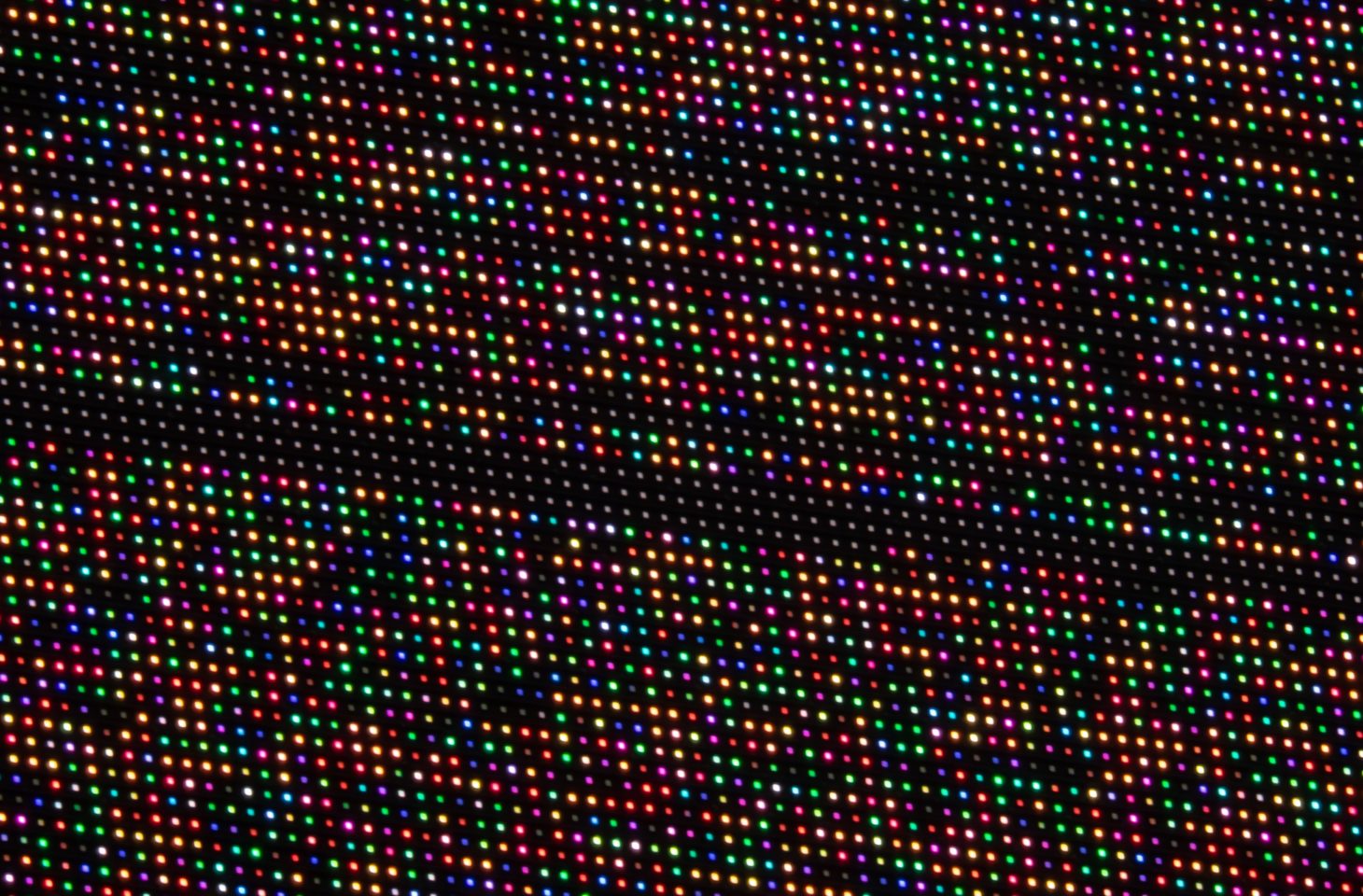Researchers have found that less complex light sources such as LEDs can improve the performance of light-controlled AI applications. This finding could reduce the dependence on expensive lasers.
Traditionally, lasers, with their highly coherent light, have been used in advanced optical applications such as AI technologies and fiber optic networks. However, recent research from the University of Oxford and other European universities, including Ghent, shows that less complex light sources such as light-emitting diodes (LEDs) can perform better in certain AI applications.
The study, published in Nature, shows that these less stringent light sources can speed up AI calculations. By using a partially coherent light source, the researchers were able to develop an AI system that is more efficient and less expensive than systems that rely solely on lasers.
Parkinson’s is detected at the speed of light
The researchers used an electrically pumped erbium-doped fiber amplifier to generate a partially coherent light source. This source was then distributed across multiple input channels for a parallel AI computing array. The result was a significant improvement in parallel AI computation, leading to accelerated processing time.
An example of this technology is the successful identification of Parkinson’s patients by analyzing their walking behavior with an accuracy of 92.2 percent. This system can also perform high-speed AI tasks at speeds of up to one hundred billion operations per second. This is comparable to playing more than two hours of 4K video in one second. Such performance is usually only achievable with multiple coherent lasers.
Faster and easier
This all sounds quite complex, but the gist is easy to summarize. Certain AI applications work much faster when they use light and photons instead of electrons. While complex and expensive lasers used to be the norm, researchers have now discovered that simpler light sources can sometimes produce better results.
Professor Harish Bhaskaran, who led the research, sees potential for this technology in broader applications in optical communications. This research opens the door to cheaper, more energy-efficient light sources for advanced AI applications and marks an important step in the evolution of photonic computing power.














